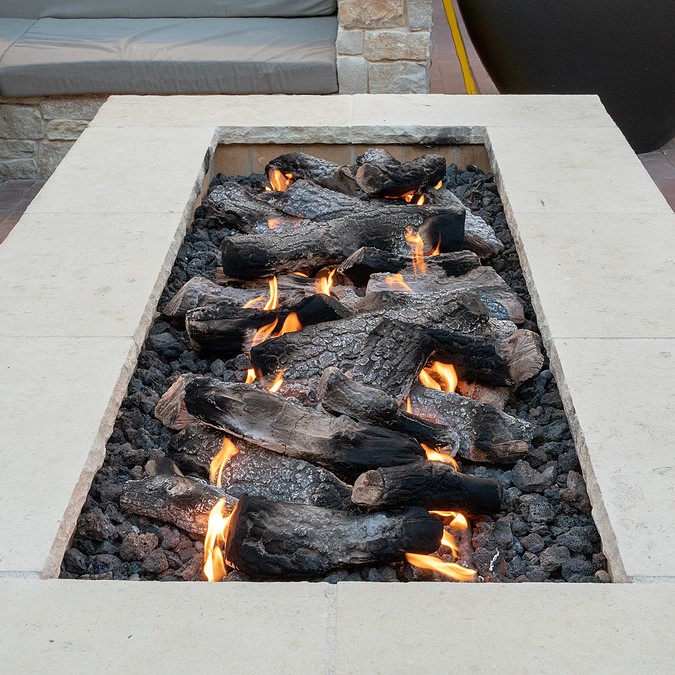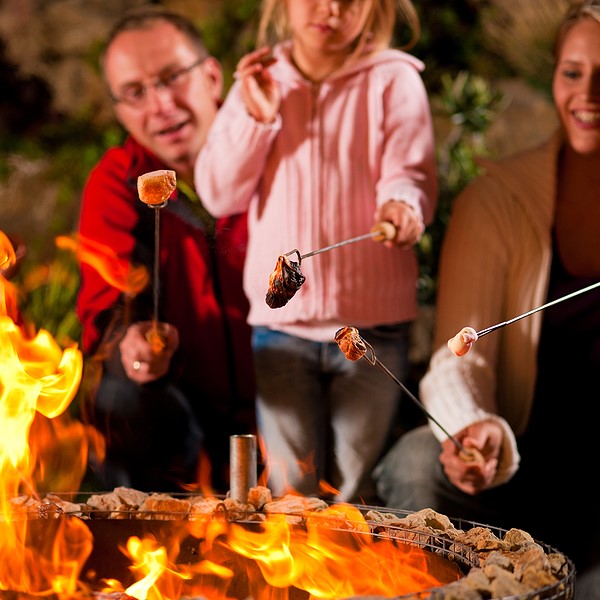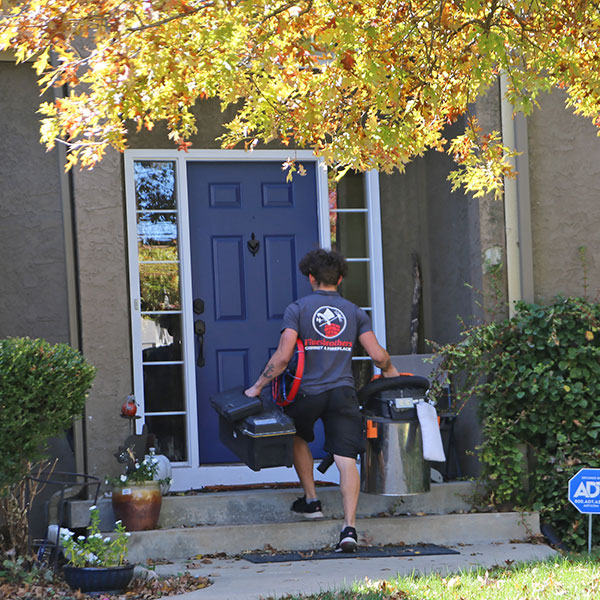Chimney Company: 3 Things To Do For Your Chimney During Summer
Homeowners use their chimneys only during winter. This means that most of them neglect the chimneys during summer. While this is the trend with most homeowners, this shouldn’t be the case with you. Here are some of the things recommended by chimney repair professionals that you can do for your chimney during the hot months of the year:
Install a chimney damper
A chimney damper is located inside the chimney and it comes in handy during summer—when you aren’t using the chimney. The unit prevents animals and birds from getting access to your house. The damper has also been shown to prevent cool air from escaping the house. This aids in lowering your air conditioning bill. If your chimney doesn’t have a damper this is the best time to install it.
There are two main types of dampers that you can install: Throat and top sealing dampers. Throat dampers are made up of a metal flap and track. The flap is usually controlled by a lever and can move in different ways including: Up and down, side to side, or in and out. While throat dampers protect your house from animals and birds they don’t provide a tight seal thus don’t prevent cold air from escaping your house. The reason for this is because they are made from metal that doesn’t form a good seal.
Since they are made from metal, they tend to suffer from extreme summer heat. When it cools water droplets form on it and drips down the chimney walls. The dampers have been shown to warp over time thus failing to form a barrier between the fireplace and chimney.
Top sealing dampers sit at the top of the chimney. They are loved by many as they form a tight seal that not only prevents animals and birds from getting the chimney, but also prevents cool air from escaping.
Schedule chimney cleaning and inspection
Since you aren’t using the chimney, this is the best time to hire a chimney contractor to clean and inspect the chimney for any problems that might be there. When problems are identified during inspection you have ample time to repair them. Since you aren’t in a hurry, the chimney technician tends to do a great job.
Buy seasoned wood
If you have a wood burning fireplace this is the best time to buy seasoned wood in preparation for the heating season. As you know, burning seasoned firewood reduces creosote depositions. This reduces the frequency at which you hire a chimney company to clean your chimney.
The post Blog first appeared on First Class Chimney Services.
This post first appeared on https://www.firstclasschimneyservices.com

 Many homes in the Kansas City area have masonry chimneys built with corbeled brick, and homeowners may need to
Many homes in the Kansas City area have masonry chimneys built with corbeled brick, and homeowners may need to  Parging is the process of smoothing the jagged edges and repairing any masonry damage like cracks or gaps in the brick and mortar. We use Heatshield® to make smoke chamber repairs because the cerfractory sealant increases the chimney’s integrity while resisting moisture, corrosive gases, and the extreme temperatures of the smoke chamber. It is UL listed and tested to ASTM C-199 and can withstand temperatures of over 2,500°F. A smooth smoke chamber surface reduces the build-up of creosote and soot deposits in the smoke chamber and reduces fire risk. It also improves the airflow efficiency in the chimney, making it easier for smoke and dangerous gases to vent out of the home.
Parging is the process of smoothing the jagged edges and repairing any masonry damage like cracks or gaps in the brick and mortar. We use Heatshield® to make smoke chamber repairs because the cerfractory sealant increases the chimney’s integrity while resisting moisture, corrosive gases, and the extreme temperatures of the smoke chamber. It is UL listed and tested to ASTM C-199 and can withstand temperatures of over 2,500°F. A smooth smoke chamber surface reduces the build-up of creosote and soot deposits in the smoke chamber and reduces fire risk. It also improves the airflow efficiency in the chimney, making it easier for smoke and dangerous gases to vent out of the home.
 Gas or wood?
Gas or wood? Here are seven very important safety tips that will allow you to get years of enjoyment out of your new fire pit.
Here are seven very important safety tips that will allow you to get years of enjoyment out of your new fire pit. Schedule a Chimney Inspection
Schedule a Chimney Inspection Closing the Damper
Closing the Damper
 Fuel Choice
Fuel Choice